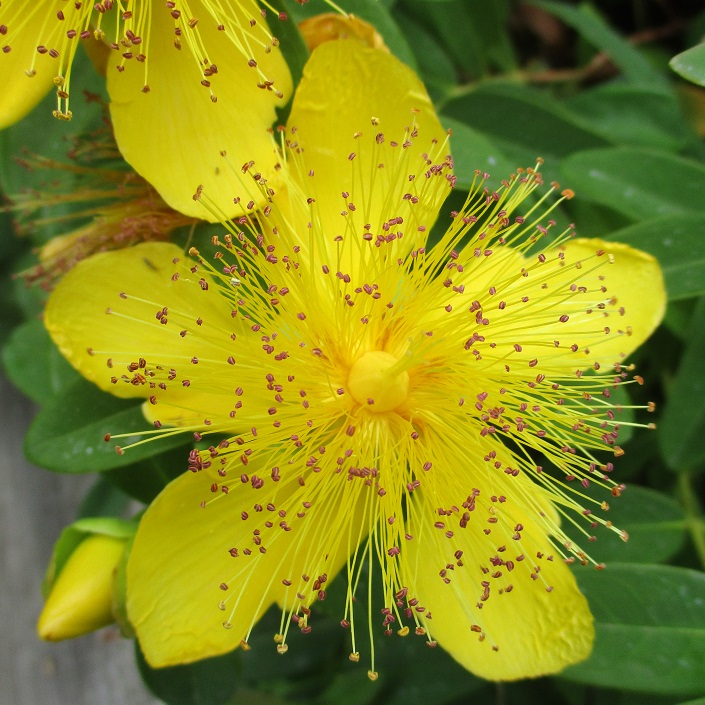UNITED STATES—Flowers do not last forever. Whether they last for only a day, or weeks, they all eventually finish what they were designed to do, and then whither and deteriorate. They only need to stay fresh and appealing to pollinators long enough to get pollinated. After all, that is their only job. The next priority is the development of seed and any associated fruit structures that contain the maturing seed.
After bloom, most flowers are just ignored as they deteriorate and fall. Those in big shrubbery, vines and trees are out of reach anyway. Others are either too numerous or too insignificant to worry about. Of course, fruit and fruiting vegetable plants get to produce the fruits that they are grown to produce. Then there are few flowers that need to be ‘deadheaded’ after they are done blooming.
Deadheading is simply the removal of deteriorating flowers. The remains of sterile flowers might be deadheaded because they are unappealing. Deteriorating flowers that would like to produce undesirable seed or fruit after pollination might get deadheaded for the same reason, and to conserve resources that would otherwise be consumed by the developing seed and associated fruit.
However, there are a few flowers that might be left intentionally to provide seed for later. Different flowers finish at different times, and their seed gets sown in particular seasons, but most of those allowed to produce seed should probably be deadheaded through most of their season, with the last few blooms left to go to seed. The same applies to fruiting vegetable plants like pole beans.
Many flowering plants are genetically stable enough to produce progeny that will bloom mostly like the parents. Most are likely to be more variable, or revert to a more genetically stable form, even if it takes a few generations. Sunflower, cosmos, marigold, calendula, morning glory, columbine, snapdragon, campion and hollyhock are all worth trying.
California poppy, alyssum, nasturtium, money plant (honesty) and a few annuals that do not get deadheaded are often happy to sow their own seed.
Highlight: creeping Saint John’s wort
This is not the dreaded aggressively invasive Saint John’s wort that has naturalized in other regions. Nonetheless, creeping Saint John’s wort, Hypericum calycinum, does precisely as the name implies. It creeps, and has naturalized to a less aggressive degree in many spots near the coast. Its vigor is an advantage to many landscapes, but might eventually displease adjacent neighbors.
Creeping Saint John’s wort is a somewhat rustic perennial ground cover that does not need much water once established. It naturalizes in coastal climates because it gets all the water it needs from annual rainfall there. Although evergreen, it looks best if mown as winter ends. It happens to be susceptible to rust, and mowing removes much of the old foliage the fungus overwinters in.
One to two inch wide bright yellow flowers, with five petals and prominent stamens, start to bloom in June and continue into September. By that time, the paired leaves might be getting tired if not watered, or infested with rust, but should stay presentable until mowing at the end of winter. Crowded plants might get three feet high. Otherwise, growth does not get much more than a foot deep.
Horticulturist Tony Tomeo can be contacted at tonytomeo.com.




